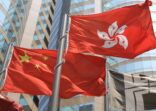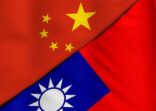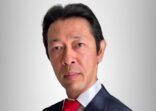The Shanghai-based consultancy forecasts that the MRF will attract capital inflows of RMB80bn ($12.9bn) by 2016 and by 2020 expects RMB1trn ($161bn).
The MRF is set to go live on 1 July and will enable cross-border fund sales to retail investors in the mainland and Hong Kong.
“MRF will expand from its pilot format relatively quickly, and is set to become the third pillar of global fund regimes alongside UCITS and the US 40 Act,” Z-Ben said.
The Investment Company Act of 1940, often known as the 1940 Act or simply the 40 Act, is the primary source of regulation for mutual funds and closed-end funds and impacts the operations of hedge funds and private equity funds in the US.
Z-Ben predicts the MRF will require a new strategy and force product manufacturers to re‐ engineer their Asian strategies with Hong Kong‐China as their primary driver.
“No other global system offers the combination of a well-understood domiciling center attached to a huge and hugely under‐ serviced growth market for fund products. Nor is any serious Asian rival likely to emerge,” the firm said.
Early participants can win brand equity, detailed knowledge of mainland investors and the most effective distribution partners in Asia’s largest and most challenging market.
Initial participants face a lack of regulatory clarity, but that will likely improve.
“Using RQFII as a guide, a willingness to deal with uncertainties as they arise should translate into a lasting first-mover advantage.”
Recently, Cerulli Associates said many of China’s asset managers are well-positioned to benefit from the MRF due to their distribution reach, as they have set up subsidiaries in Hong Kong or have established foreign partnerships.
Mirae Asset Management and Principal Global Investors recently outlined plans to distribute funds through the MRF.
Meanwhile, Mansfield Mok, fund manager at EFG Asset Management, is one of many managers who has high hopes for the MFR. He believes the scheme will act as a catalyst in re-rating the offshore Chinese equity market.
















